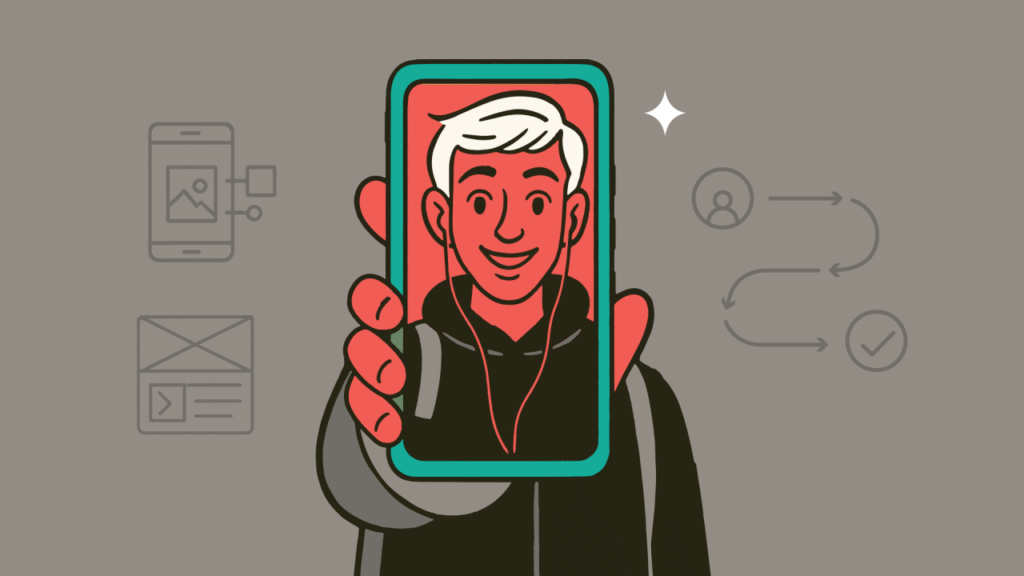Prototyping with purpose: Ensuring every interaction supports your marketing goals

There’s nothing more expensive than building something nobody needs.
And in financial services—where complexity is high, trust is fragile, and teams often move fast—it’s dangerously easy to ship experiences that look polished, but don’t actually move the needle.
That’s why purposeful prototyping isn’t just a UX best practice. It’s a strategic tool.
Done right, prototyping helps teams stay focused on what matters most: delivering real outcomes for the customer and the business.
1. Stay ruthlessly customer-centric
When you prototype early, you create space to ask critical questions before you commit resources.
Does this menu help someone take the next step? Is this feature clarifying or distracting? Is this animation reinforcing trust or just adding flash?
Every interaction becomes a test against your goal—whether that’s boosting engagement, simplifying onboarding, or improving perceived credibility.
It’s also a chance to catch when “helpful” turns into “overload.” For example, in our Finsights study of US adults’ attitudes towards financial services, 35% of financial consumers said they’re very interested in improving their financial skills. Therefore, an experience that highlights educational features could be crucial for engagement, but only if the experience is clear and well-paced. Dumping everything on the screen at once can do more harm than good.
2. Simplify decision-making
Good prototypes become a shared language across strategy, product, and creative.
When everyone can see and react to a real (even rough) version of the experience, it’s easier to identify what’s working, what’s bloated, and what’s missing.
Instead of debating hypotheticals, you’re editing something concrete, while gaining cross-team alignment and ultimately moving faster because of it.
3. Avoid “design for design’s sake”
A purposeful prototype also helps teams avoid the trap of building features just because they’re trendy or technically possible.
By asking early, “Does this advance our marketing goal?” you turn every design decision into a strategic one.
This also reduces UX risk. According to Adobe, 38% of people will stop engaging with a website if the layout is unattractive or confusing. Prototyping helps you avoid that drop-off before code is even written.
The best prototypes don’t just visualize screens. They clarify intent. Create alignment. And protect teams from wasting time, money, and credibility on experiences that miss the mark.
Because in financial services, every interaction is a chance to build trust—or lose it.
What matters to you?
Want to get work that really matters for you and your business? Let’s talk.
Email Us